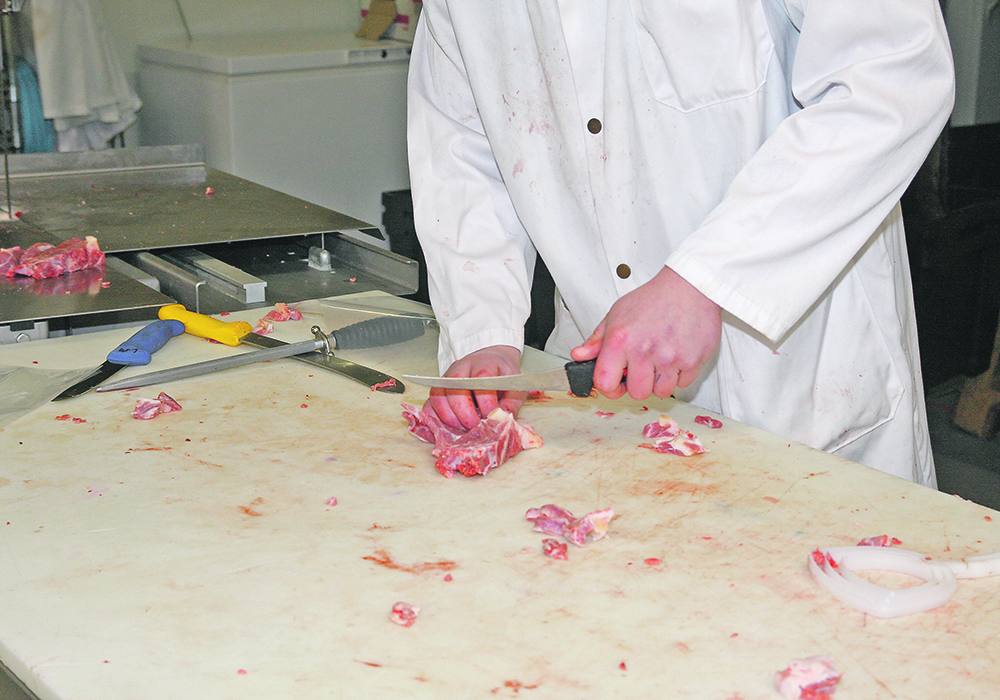A recent paper from the University of Manitoba says the main concern is with meat processing facilities and inspection
A University of Manitoba professor called for change in Canadian interprovincial trade in a paper after discussing how it affects the agriculture and agri-food sector.
Jared Carlberg, an agribusiness professor at the U of M, said growing up on a farm in Saskatchewan interested him in this subject.
“The paper was really designed to investigate the issues surrounding barriers to interprovincial movement in goods and services within Canada to explore options for potentially moving forward,” Carlberg said.
As noted in the paper, some reasons for these trade issues include federalism, which Carlberg believes could cause “protectionist” behaviour from the provinces. Federalism blurs lines between what is best for Canada as a whole and what is best for specific provinces.
Read Also

Volatile temperatures expected for this winter
DTN is forecasting a lot of temperature variability in the Canadian Prairies this winter. Precipitation should be close to average.
Another cause is the courts, which have to interpret both federal and provincial legislation in terms of trade, where both may have jurisdiction.
Finally, the third cause, Carlberg said, is stakeholders who try to prevent the liberalization of internal trade. As he states in the paper, “limitations on competitor products being permitted into a given jurisdiction clearly benefit domestic firms operating in the market, and so it may be expected that those firms will advocate for policies to prevent new entrants to the market.”
In terms of agri-food, Carlberg said the main concern is with meat processing facilities and inspection.
“There would be no logical reason to suspect that a slaughter steer killed in Saskatchewan and provincially inspected there would be unfit for consumption in some other province,” Carlberg said in an interview.
“Provinces tend to have their own inspection systems in place and at the end of the day, what these different systems of regulations tend to result in is hampering the movement of the free flow of professional expertise.”
Although Carlberg’s expertise lies with red meat, he said he thinks it is also an issue with other types of meat. However, he added there isn’t as much of a problem with grain.
Carlberg said for improvements to occur, federal and provincial policy makers and industry leaders must continue to work toward standardization of regulations to “the greatest extent possible.”
Carlberg said this could take the form of trade agreements or specific regulations made for the agri-food sector.
In the paper, Carlberg estimates that the current trade barriers cost Canada up to $92 billion per year in lost economic activity.
















